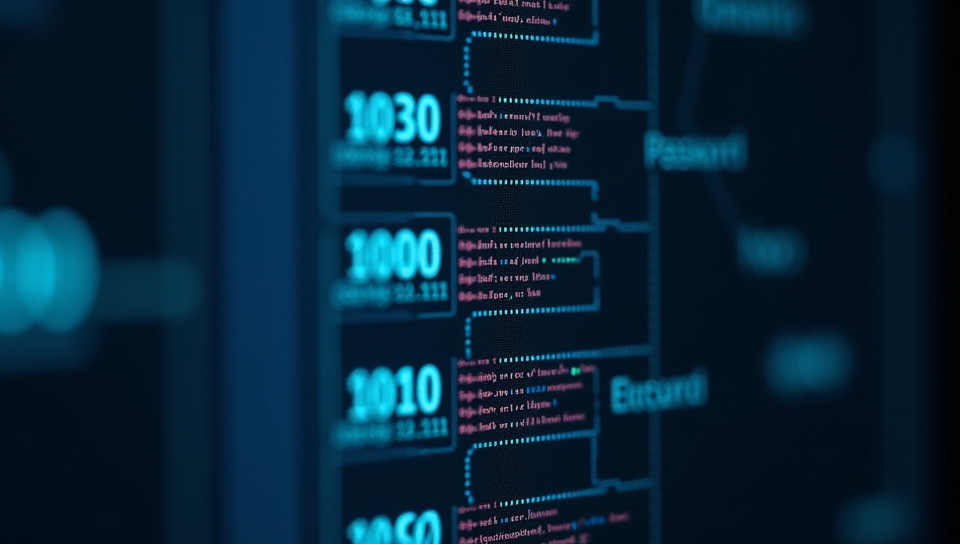Weak passwords increase the risk of unauthorized access 37%

The Password Pandemonium: Why Weak Passwords Pose a Threat to Your Digital Security
In today's digital age, passwords are the first line of defense against unauthorized access to our personal and professional lives. Yet, many of us continue to use weak passwords that can be easily cracked by hackers, leaving our sensitive information vulnerable to cyber threats. The consequences of using weak passwords can be devastating, from financial loss to identity theft and reputational damage.
The Risks of Weak Passwords
Weak passwords are a ticking time bomb for digital security. They can be guessed or cracked in minutes, giving malicious actors access to your online accounts, data, and systems. Here are some common characteristics of weak passwords:
- Reusing the same password across multiple sites
- Using easily guessable information such as names, birthdays, or common words
- Choosing short passwords that are easy to crack
- Failing to update passwords regularly
The Consequences of a Breach
When a hacker gains unauthorized access to your accounts, the consequences can be severe. Some possible outcomes include:
Protecting Yourself from Weak Passwords
Fortunately, there are steps you can take to protect yourself and your organization from the risks associated with weak passwords.
Implement Strong Password Policies
Establish clear password policies that require employees to use strong, unique passwords for each account. This includes a minimum length, complexity requirements, and regular password updates.
Use Multi-Factor Authentication (MFA)
Implement MFA to add an extra layer of security to your accounts. This can be in the form of biometric authentication, one-time passwords, or smart cards.
Educate Employees on Password Best Practices
Provide ongoing training and education to employees on best practices for password management, including how to create strong passwords and avoid phishing scams.
Conclusion
In today's digital landscape, weak passwords are a recipe for disaster. By implementing strong password policies, using multi-factor authentication, and educating employees on password best practices, you can significantly reduce the risk of unauthorized access to your online accounts and sensitive information. Remember, a weak password is only as good as the protection it offers – invest in strong password security today to safeguard your digital future.
- Created by: Anzu Maruyama
- Created at: Feb. 16, 2025, 8:56 p.m.
- ID: 20127


